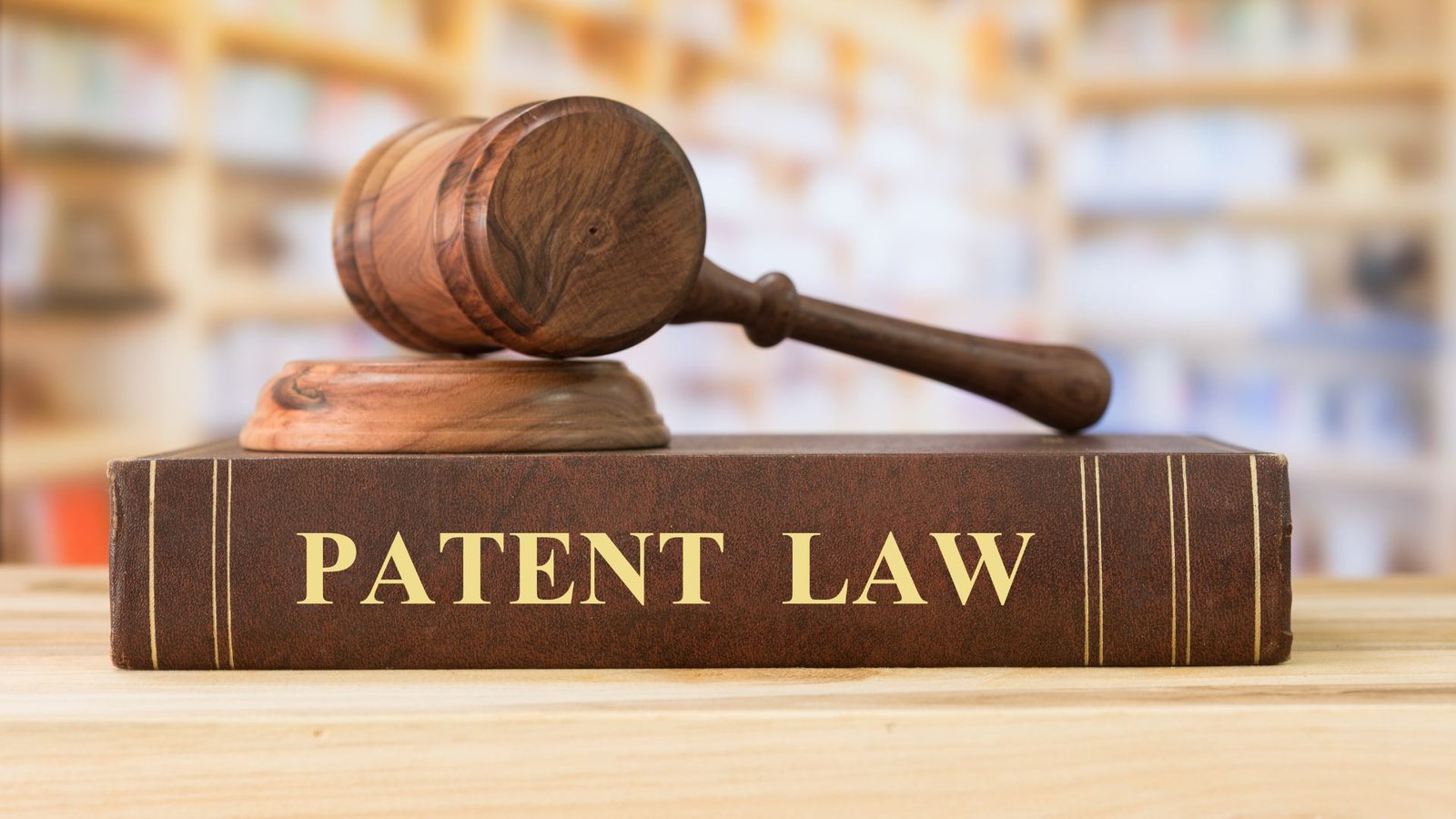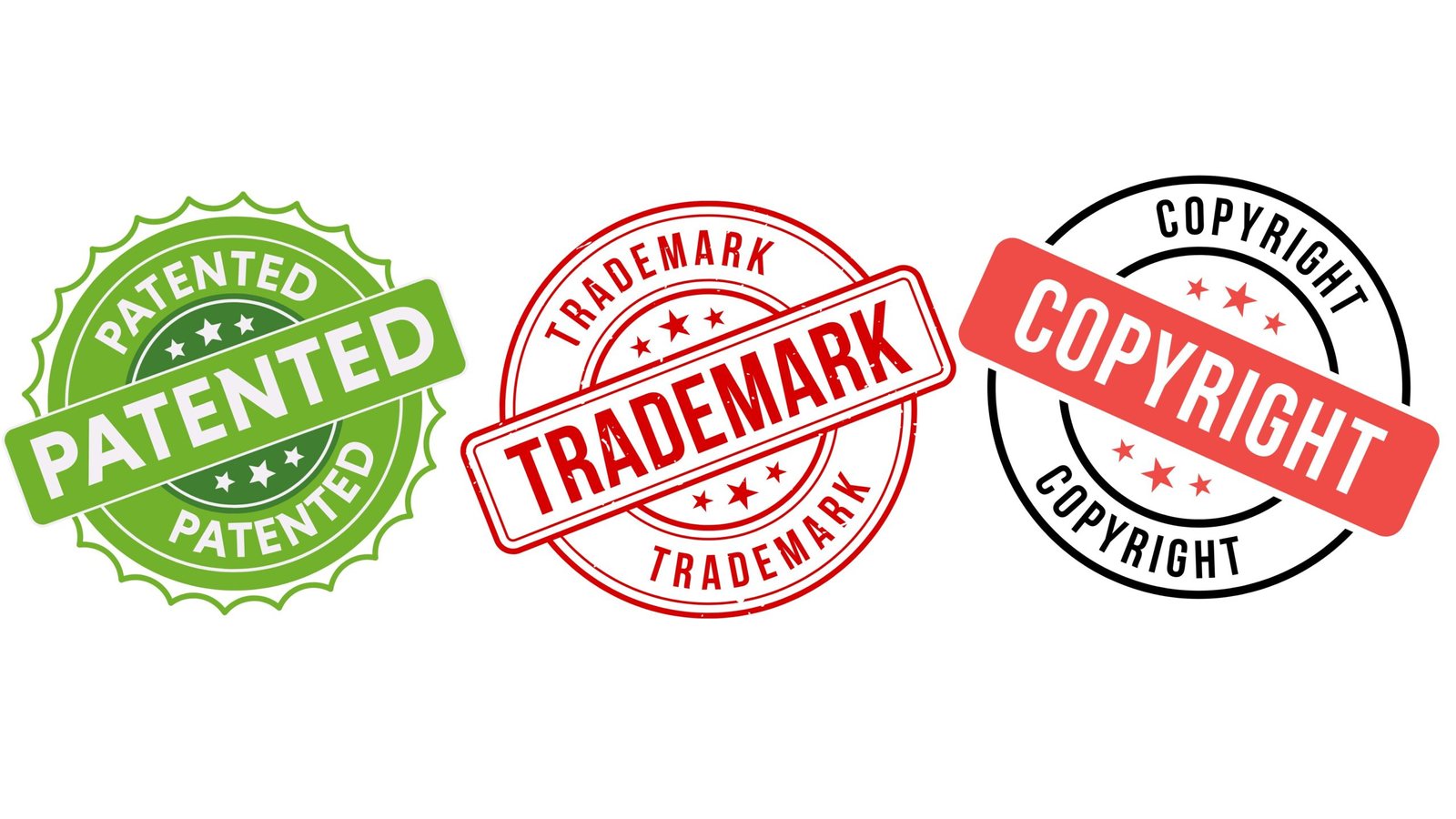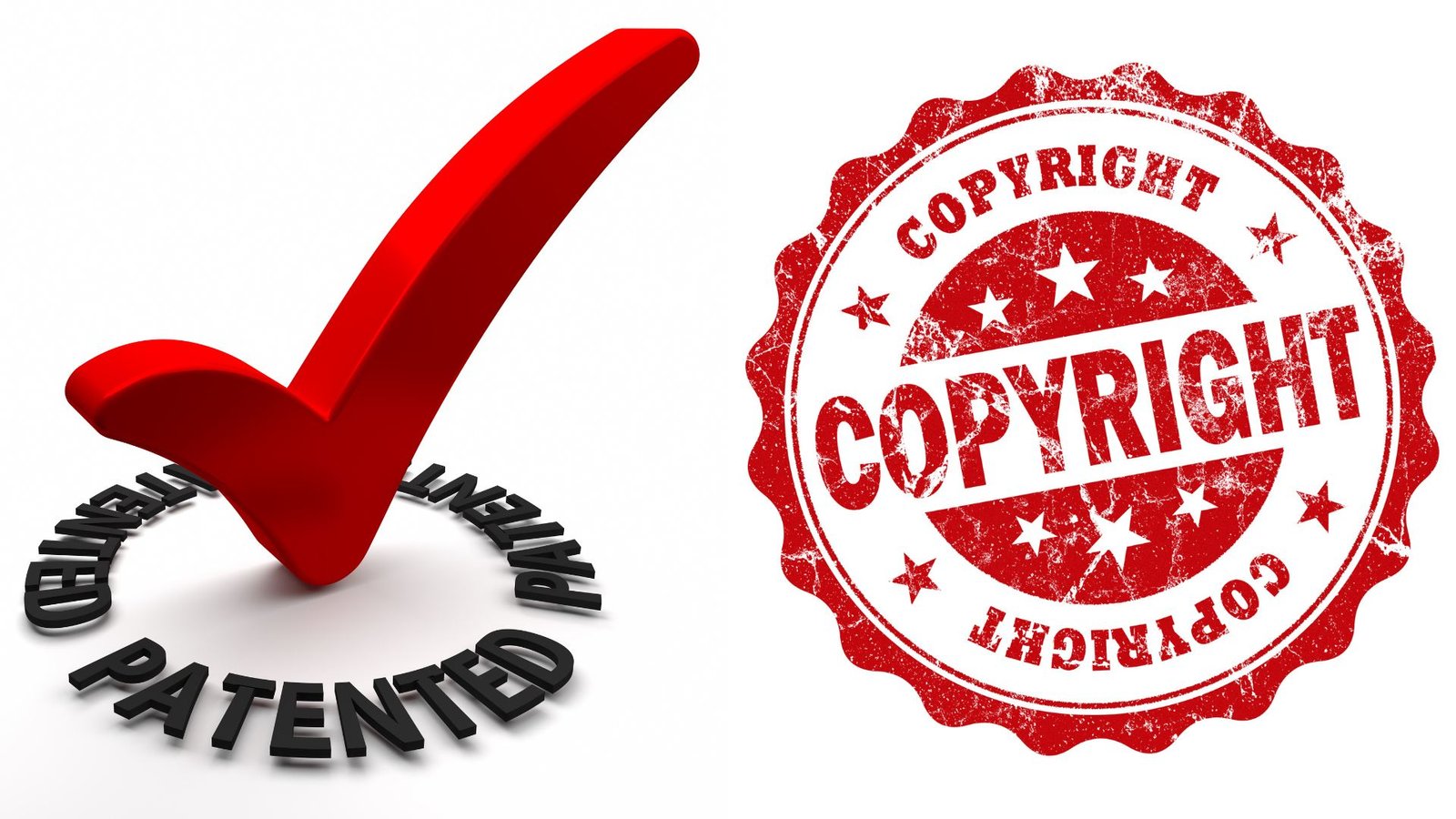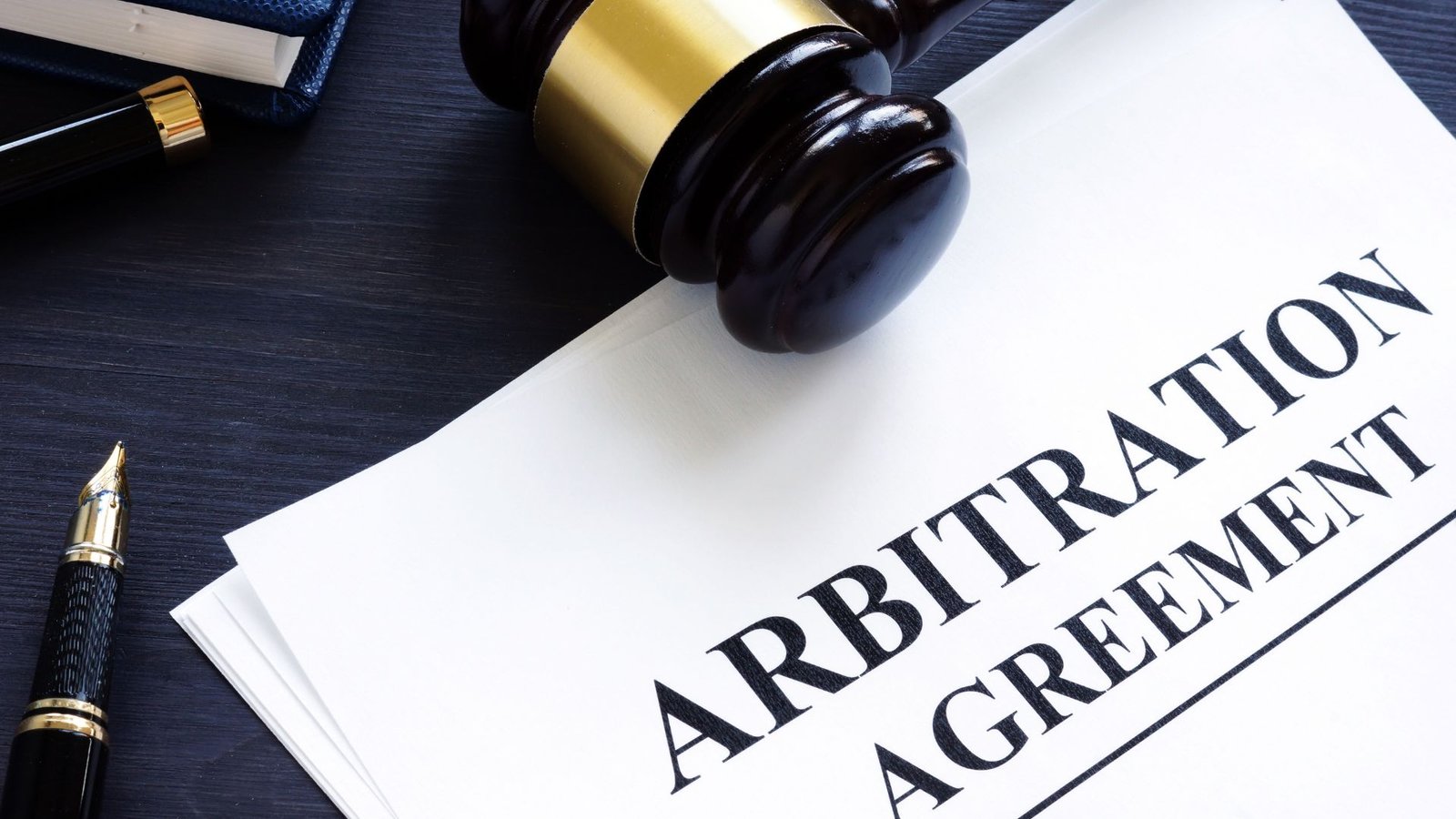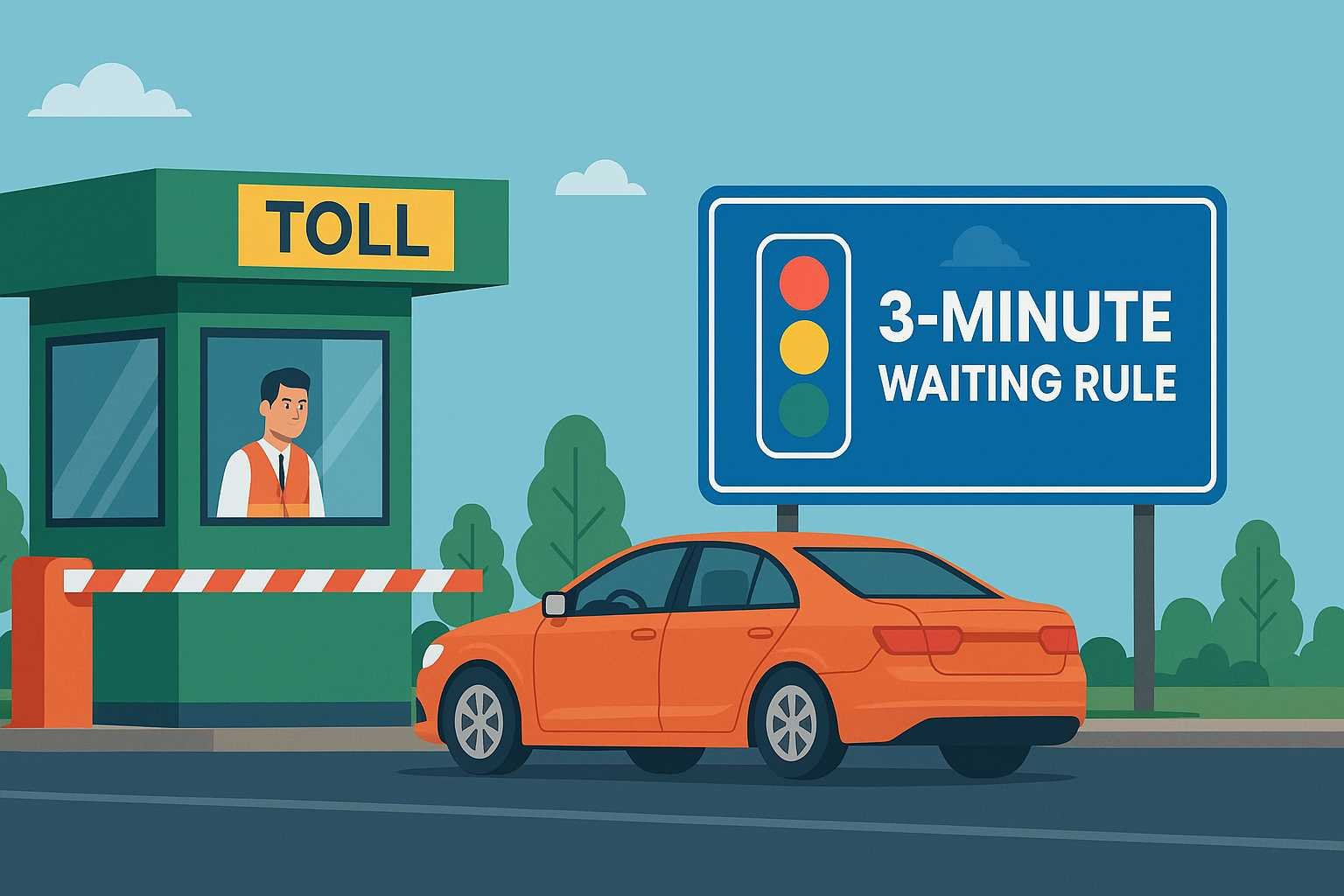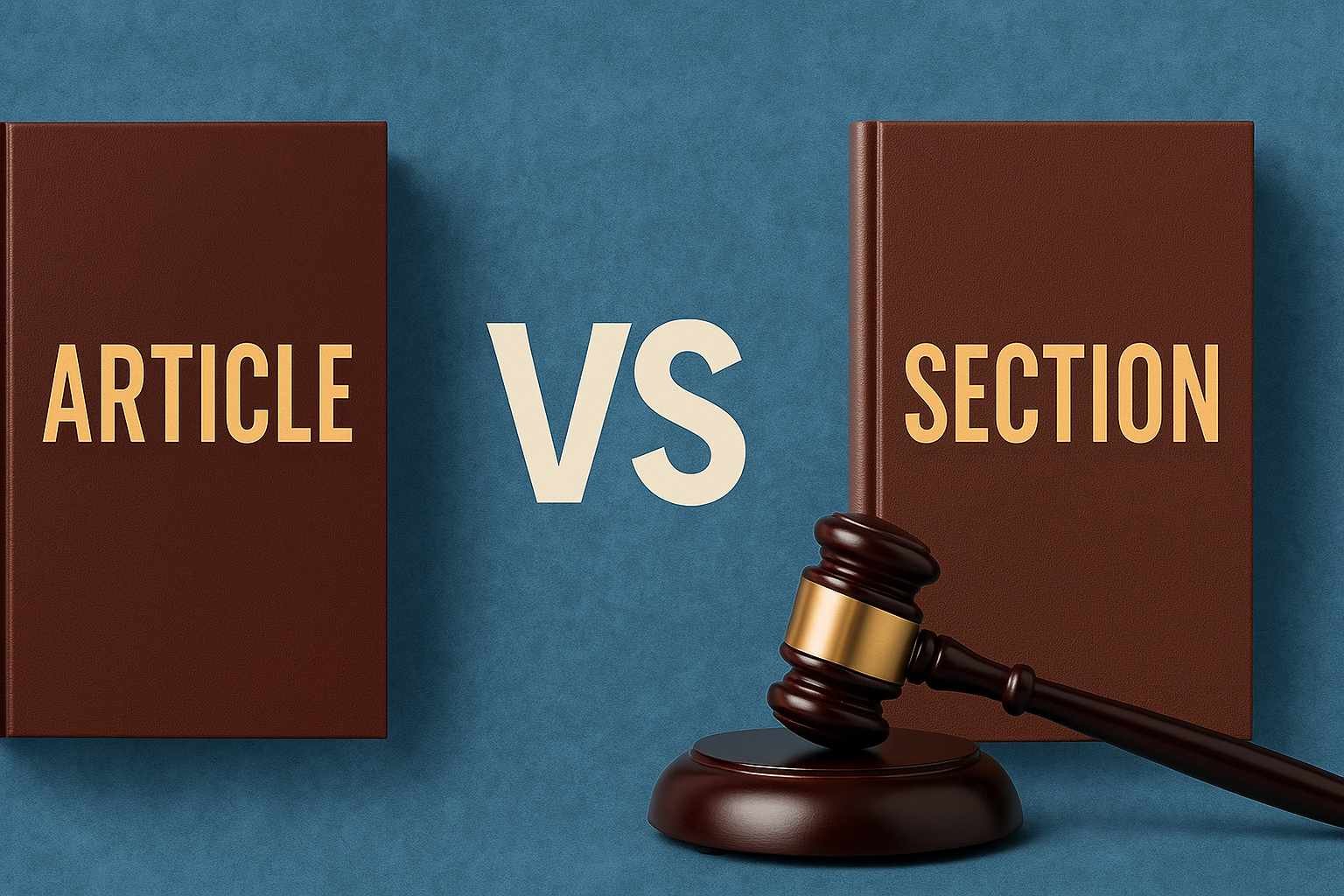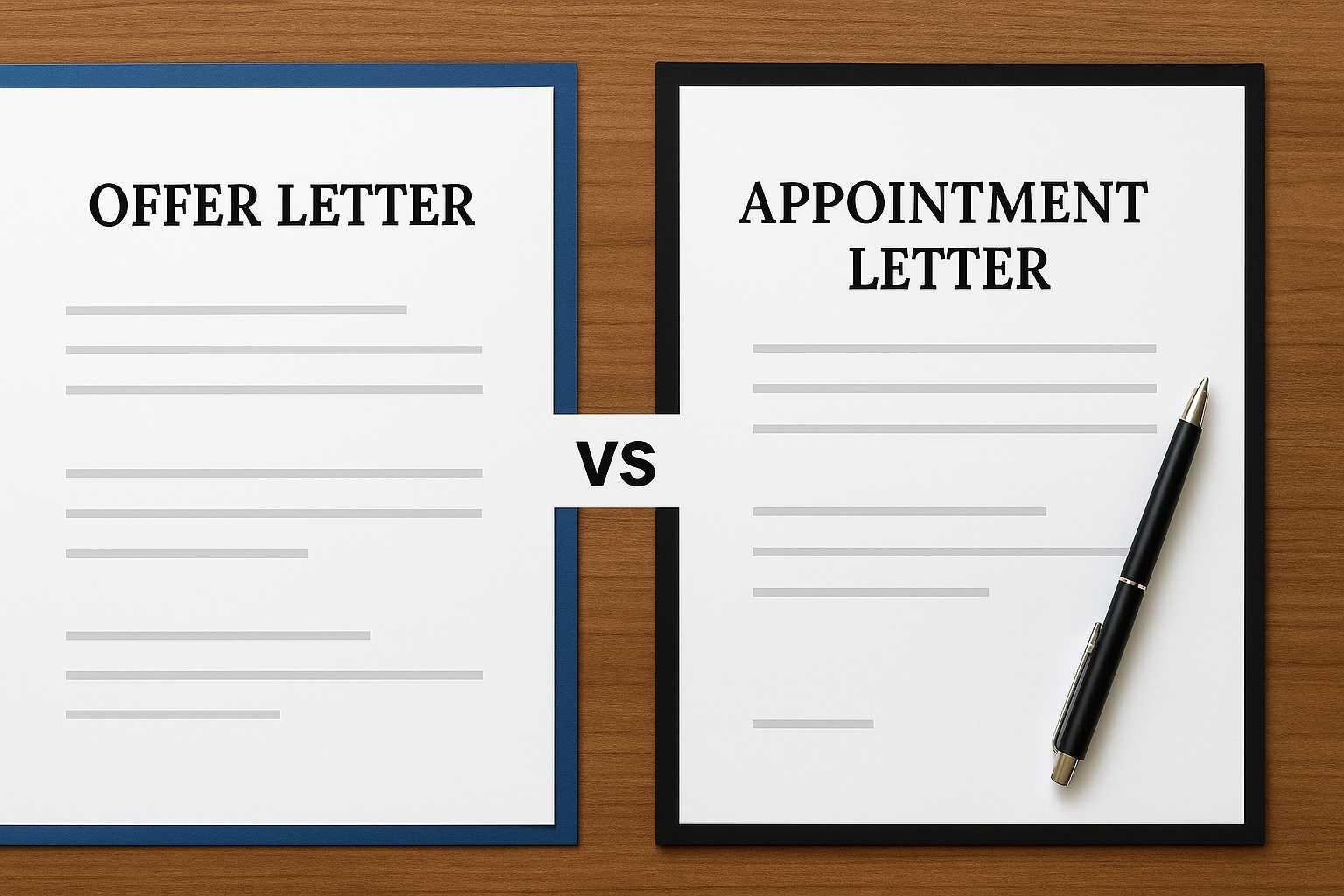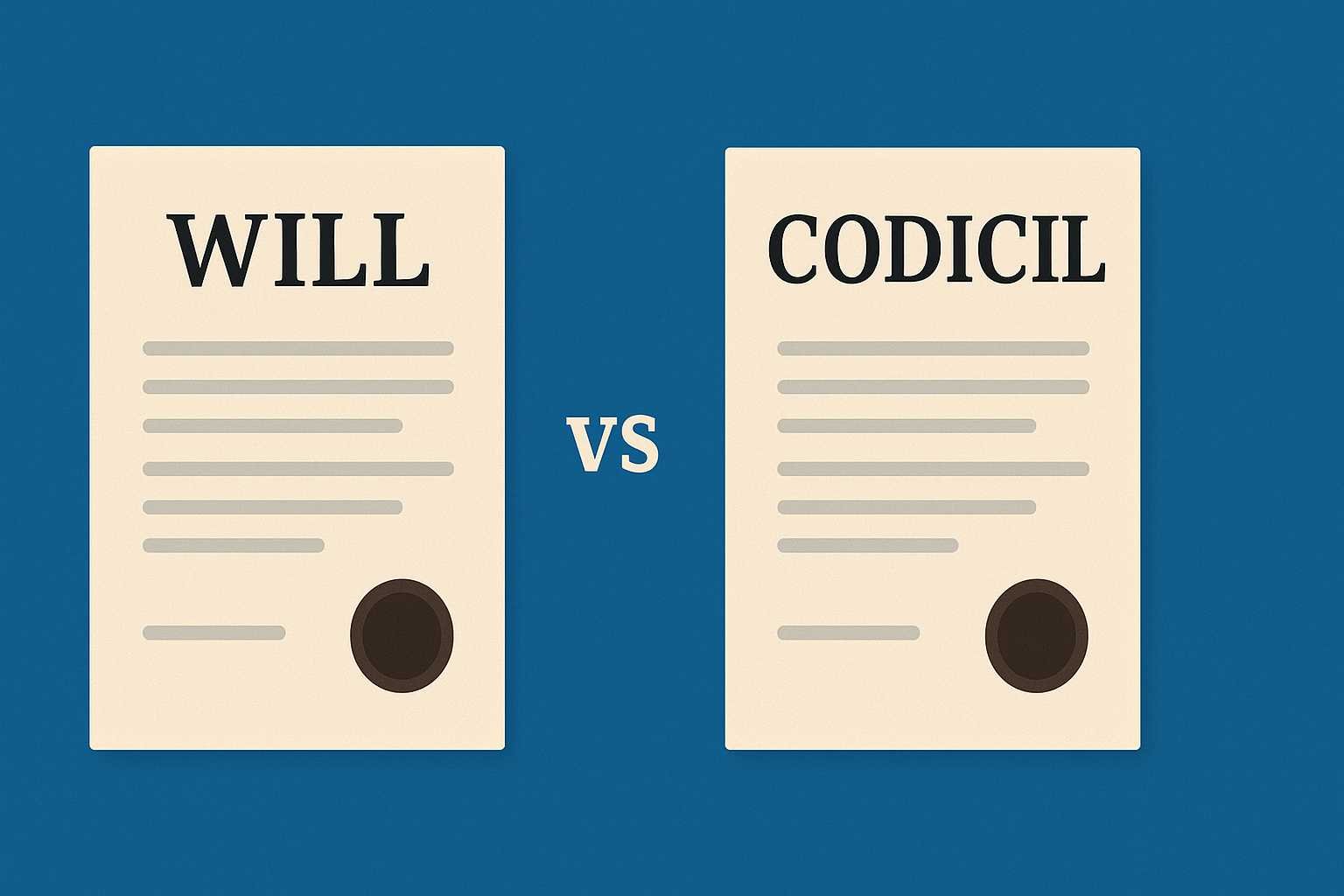On this page you will read detailed information about Criteria for Legally Registering a Patent in America.
As an entrepreneur or inventor, you’ve likely spent countless hours developing your intellectual property. Now it’s time to take the crucial step to legally protect your creation by registering a patent. The patent registration process in the United States involves meeting several key criteria to ensure your rights and ownership over the invention are properly established. Before beginning the patent application, you must determine if your invention is truly novel and non-obvious, meaning it has not been patented or described in any public forum. You must also conduct a thorough patent search to uncover any relevant prior art. If after these initial checks your invention appears patentable, you can begin preparing the detailed specifications, claims, and diagrams required for a utility patent application. The application will undergo review by a patent examiner to determine if it meets the necessary standards of patentability. If approved, your patent will be legally granted and you can license or commercialize your invention with the protection of exclusive rights.
What Is Patent and Why Are They Important?
To legally protect an invention or discovery, one must obtain a patent. A patent is a form of intellectual property that gives its owner the legal right to exclude others from making, using, selling, and importing an invention for a limited period of time, typically 20 years from the filing date. Patents are important because they allow inventors to profit from their work and encourages innovation by providing incentives.
The criteria and process for obtaining a patent in the United States are controlled by the Leahy-Smith America Invents Act. To qualify for a patent, an invention must be useful, novel, and nonobvious. This means the invention has a useful purpose, is substantially different from prior inventions (novelty), and would not be obvious to someone with ordinary skill in the relevant field (nonobviousness).
The invention must also fall under one of the categories of patentable subject matter: processes, machines, manufactures, compositions of matter, or improvements thereof. Abstract ideas, laws of nature, and natural phenomena cannot be patented. The invention must be described in enough detail for someone with ordinary skill in the field to understand and replicate it. This is known as enabling disclosure.
To apply for a patent, an application including specifications, claims, drawings (if needed), an oath or declaration, and the required filing, search, and examination fees must be filed with the United States Patent and Trademark Office (USPTO). The USPTO then examines the application to determine if it meets the criteria for patentability. If allowed, the USPTO will grant the patent.
Patents provide incentives for innovation by giving inventors a period of exclusivity to profit from their work. They have led to tremendous advances that have improved our lives in fields like medicine, transportation, and communication. Understanding the patent process and requirements is important for anyone looking to protect their intellectual property.
Key Requirements for Patentability in the United States
To be granted a patent in the United States, there are several criteria an invention must meet. The USPTO evaluates patent applications based on four key factors: utility, novelty, non-obviousness, and adequate written description.
Utility
An invention must have a useful purpose and be operable. It must achieve some identifiable benefit and be capable of use. The utility requirement prevents the patenting of hypothetical, speculative or impossible inventions.
In the previous post, we had shared information about How to Change Your Business Name: A Comprehensive Guide, so read that post also.
Novelty
An invention must be new or novel. It cannot have been disclosed or described in a printed publication, offered for sale, used publicly, or patented anywhere in the world prior to the patent application filing date. The novelty requirement aims to prevent the patenting of inventions that are already available to the public.
Non-obviousness
An invention must be non-obvious to a person of ordinary skill in the relevant technology field. Non-obviousness means that the invention must not have been easily deduced from combinations of existing inventions or technology. The non-obviousness requirement prevents the patenting of trivial extensions of what is already known.
Adequate Written Description
The patent application must contain a written description of the invention that is complete enough to enable a person skilled in the relevant technical field to make and use the invention. Diagrams, drawings or chemical formulas may be required depending on the subject matter. The written description requirement aims to ensure that the applicant is in possession of the invention and has disclosed enough details about it.
Meeting these core requirements for patentability—utility, novelty, non-obviousness, and adequate written description—is necessary to obtain a patent in the United States. Carefully evaluating your invention against these criteria before applying for a patent can help save time and money by avoiding rejection. With some forethought, you can craft an application that has the best chance of being approved.
The Patent Application Process Step-by-Step
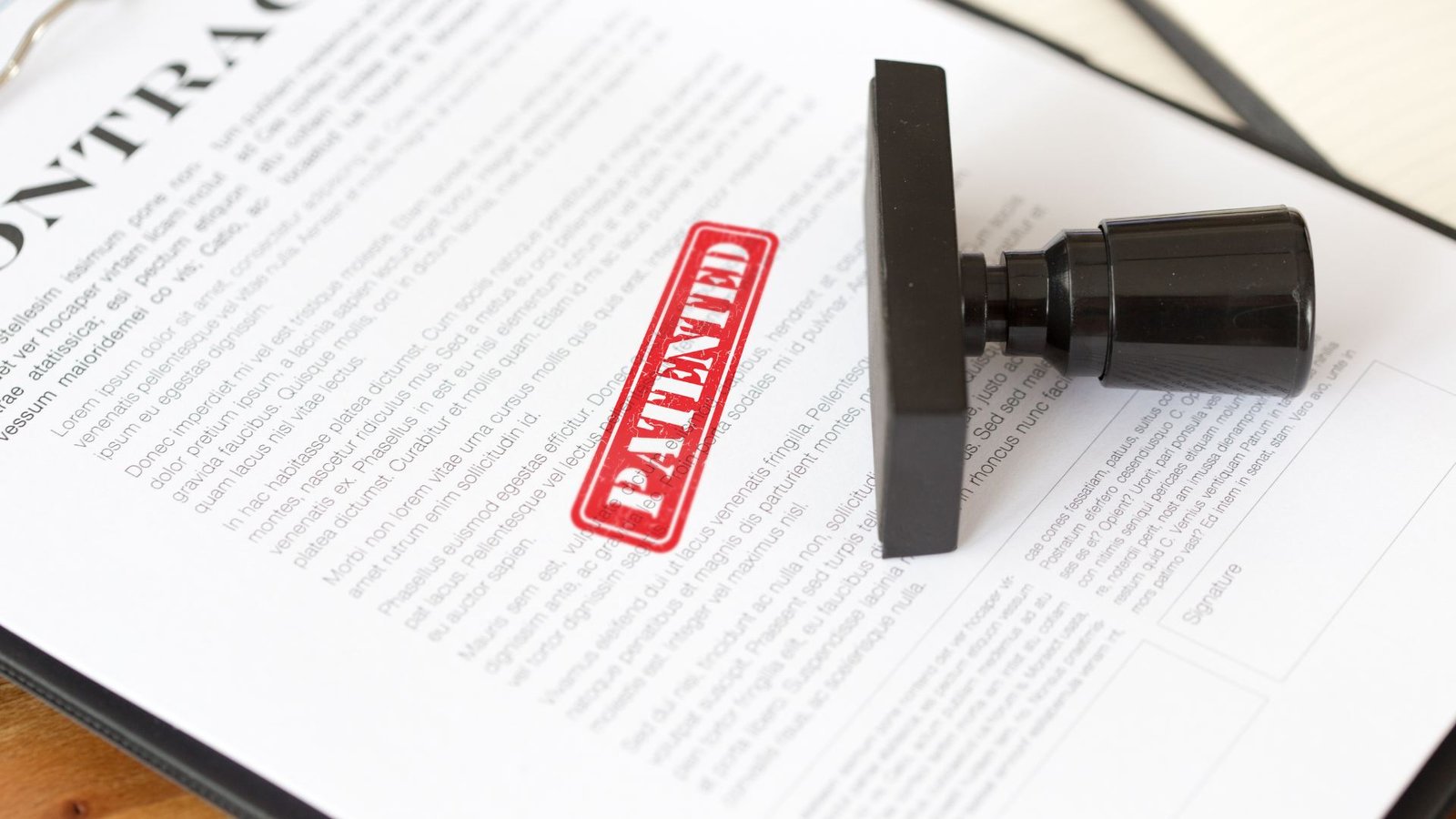
To legally register a patent in the United States, inventors must follow a multi-step application process. This process involves submitting an application to the U.S. Patent and Trademark Office (USPTO), paying the required fees, and meeting several criteria to demonstrate your invention is new, useful, and non-obvious.
Filing a Patent Application
The first step is to file either a provisional or non-provisional patent application with the USPTO. A provisional application establishes an early effective filing date, but does not mature into an issued patent. A non-provisional application is a full application that does mature into a granted patent if approved. Both require a written description of how to make and use your invention, known as the patent specification.
Conducting a Prior Art Search
Next, conduct a prior art search to uncover any relevant existing inventions (known as “prior art”) that could impact your patent’s approval or validity. Disclose any relevant prior art found to the USPTO examiner reviewing your application. Failure to disclose known relevant prior art could invalidate your patent.
Responding to Office Actions
After filing, the USPTO will examine your application to determine if it meets the criteria for patentability. The examiner may issue an “office action” requesting corrections or rejections of certain claims. You must respond to each office action by amending claims, arguing against rejections, or submitting declarations. Multiple office actions and responses may be required before approval.
Allowance and Issuance
If your application is approved, the USPTO will send a Notice of Allowance. You must pay an issue fee within 3 months to have your patent granted. Once issued, the term of a utility patent is 20 years from the application filing date. Design patents last 14-15 years. Maintaining an issued patent requires paying periodic maintenance fees.
In summary, obtaining a U.S. patent requires systematically progressing through an multi-step application process, including conducting a prior art search, responding thoroughly to any office actions, and paying all requisite fees. With diligence and patience, successfully registering a patent can be achieved, allowing you to legally protect your invention for years to come.
Costs Associated With Obtaining a Patent
To legally obtain a utility patent in the United States, certain requirements must be met and fees paid. The costs to obtain a patent can vary but typically range from $5,000 to $20,000 depending on the complexity of your invention.
Filing fees
The first expense is the filing fee for a provisional or nonprovisional patent application, which is currently $330 for small entities like individuals or small businesses. The filing fee covers the cost of processing your initial application. If you file a provisional application first, you must pay another $330 filing fee within 12 months to convert it to a nonprovisional application.
Attorney/Agent fees
Unless you are well-versed in patent law, it is advisable to hire a registered patent attorney or agent to help you with the application process. Their fees typically make up the bulk of the total cost to obtain a patent. Rates vary but you can expect to pay between $5,000 to $20,000 for an attorney to conduct a prior art search, prepare and file your patent application, and respond to any office actions from the patent examiner. The exact fee will depend on the complexity of your invention.
Issue fees
If your patent application is approved, you must pay an issue fee of $1,000 to $2,000 before your patent can be granted. This final fee covers the cost of printing and issuing your official patent.
Maintenance fees
To keep your patent in force after it is issued, you must pay regular maintenance fees. These include fees of $400-$800 at 3.5, 7.5, and 11.5 years after the patent is issued. If the fees are not paid, your patent will expire before the full 20-year term.
In summary, while the process of legally obtaining a utility patent can be complicated, ensuring you understand the associated costs and fees upfront can help make the process smoother. With the help of a registered patent professional, individuals and small businesses have the same opportunity as large companies to protect their inventions through the U.S. patent system.
FAQs on Legally Registering a Patent in America
To legally register a patent in America, there are several criteria that must be met. Below are some of the most frequently asked questions regarding what is required to successfully register a patent.
Any new and useful process, machine, manufacture, or composition of matter, or any new and useful improvement thereof may be patented in America if it meets the other criteria for patentability. Some examples include:
i) A new or improved machine, such as a new engine or braking system.
ii) A new or improved method or process, such as a new manufacturing technique.
iii) A new chemical compound or composition.
iv) An improvement on any of the above.
For an invention to be patentable, it must be:
1. Novel – The invention must be new. It cannot have been described in a printed publication or offered for sale publicly for more than one year before the patent application is filed.
2. Non-obvious – The invention cannot be an obvious extension or modification of prior art. It must not be obvious to a person with ordinary skill in the relevant technical field.
3. Useful – The invention must have a useful purpose and be operable. It must achieve a useful result.
4. Enabled – The patent application must describe the invention in enough detail to enable a person with ordinary skill in the relevant technical field to make and use the invention.
5. Not excluded subject matter – The invention cannot be directed to subject matter that is excluded from patentability like laws of nature, mathematical formulas or algorithms, and abstract ideas.
To register a patent, an application including specifications, claims, drawings, an oath or declaration, and filing fees must be submitted to the USPTO. If the application meets all criteria, the USPTO will grant the patent.
Conclusion
As you have learned, obtaining a patent in the United States requires meeting several strict criteria. The invention must be truly novel, non-obvious, and useful. The application process is complex with precise documentation and formatting needs. However, with careful research of prior art, a well-crafted application, and patience navigating the USPTO procedures, securing a patent is achievable for those with unique and valuable inventions. While the road to a granted patent may be long, the potential rewards of exclusive rights and commercialization opportunities can make the effort worthwhile. With hard work and persistence, you have the ability to join the ranks of famous American inventors who helped shape history through their groundbreaking creations. Now armed with a better understanding of what it takes, you can begin the exciting first steps of the journey to register your own piece of intellectual property.
Disclaimer
The information and services on this website are not intended to and shall not be used as legal advice. You should consult a Legal Professional for any legal or solicited advice. While we have good faith and our own independent research to every information listed on the website and do our best to ensure that the data provided is accurate. However, we do not guarantee the information provided is accurate and make no representation or warranty of any kind, express or implied, regarding the accuracy, adequacy, validity, reliability, availability, or completeness of any information on the Site. UNDER NO CIRCUMSTANCES SHALL WE HAVE ANY LIABILITY TO YOU FOR ANY LOSS OR DAMAGE OF ANY KIND INCURRED AS A RESULT OR RELIANCE ON ANY INFORMATION PROVIDED ON THE SITE. YOUR USE OF THE SITE AND YOUR RELIANCE ON ANY INFORMATION ON THE SITE IS SOLELY AT YOUR OWN RISK. Comments on this website are the sole responsibility of their writers so the accuracy, completeness, veracity, honesty, factuality and politeness of comments are not guaranteed.
So friends, today we talked about Criteria for Legally Registering a Patent in America, hope you liked our post.
If you liked the information about Criteria for Legally Registering a Patent in America, then definitely share this article with your friends.

